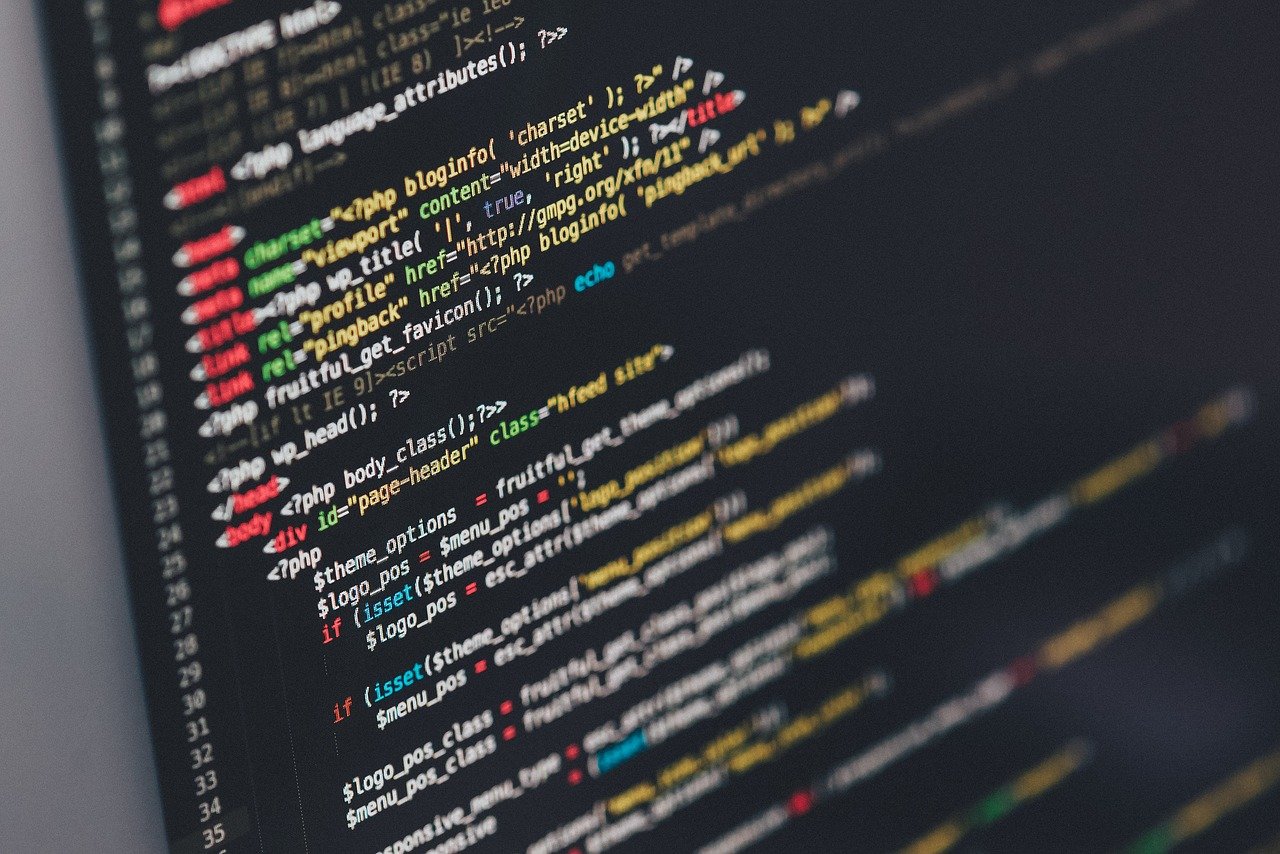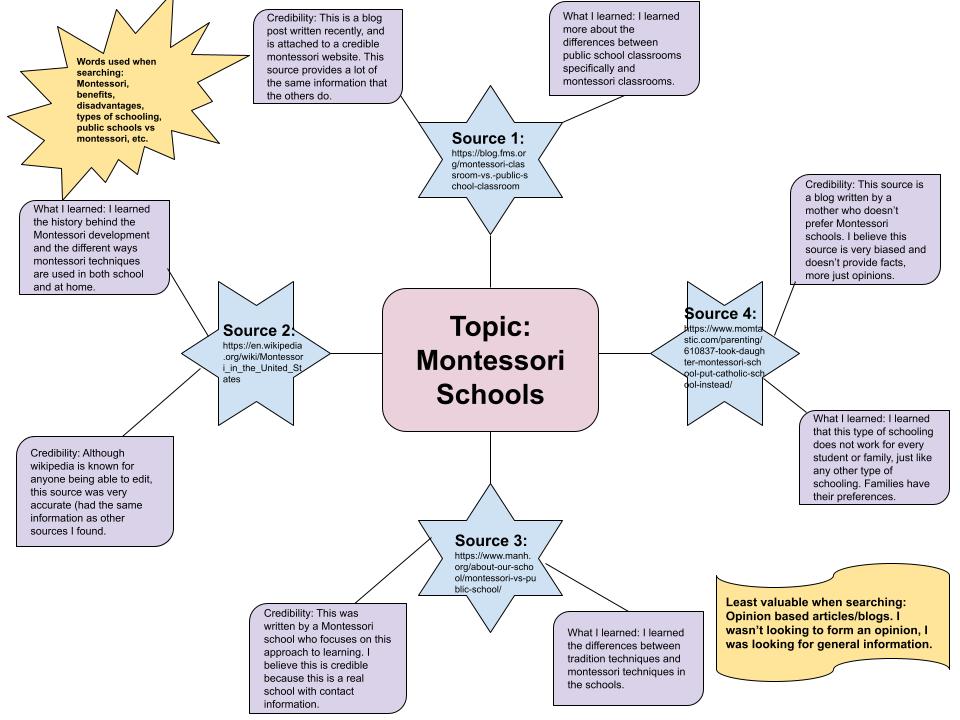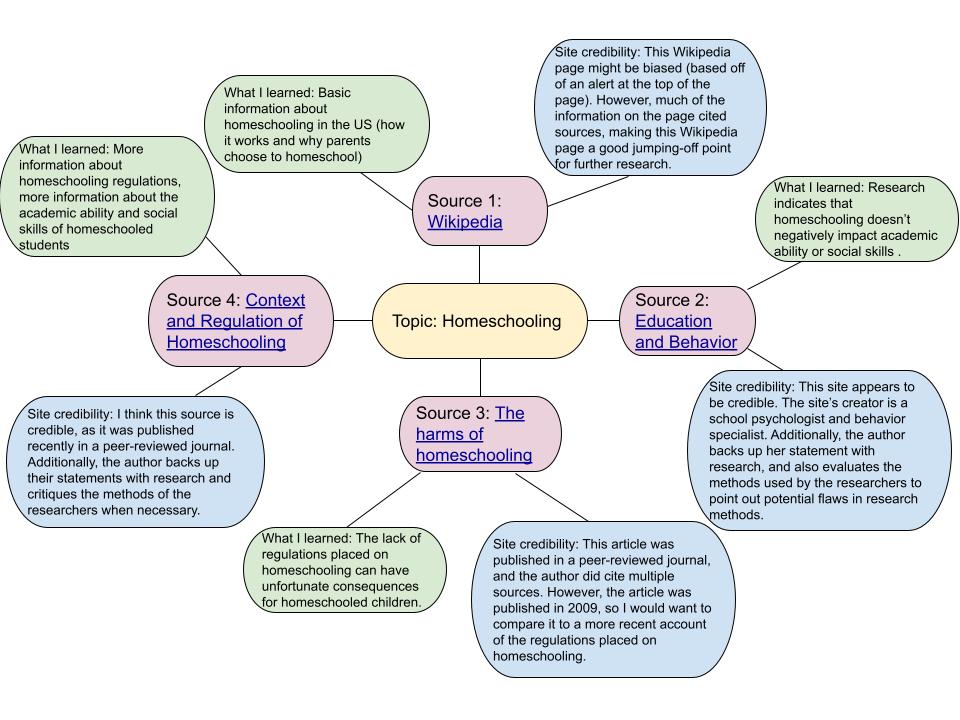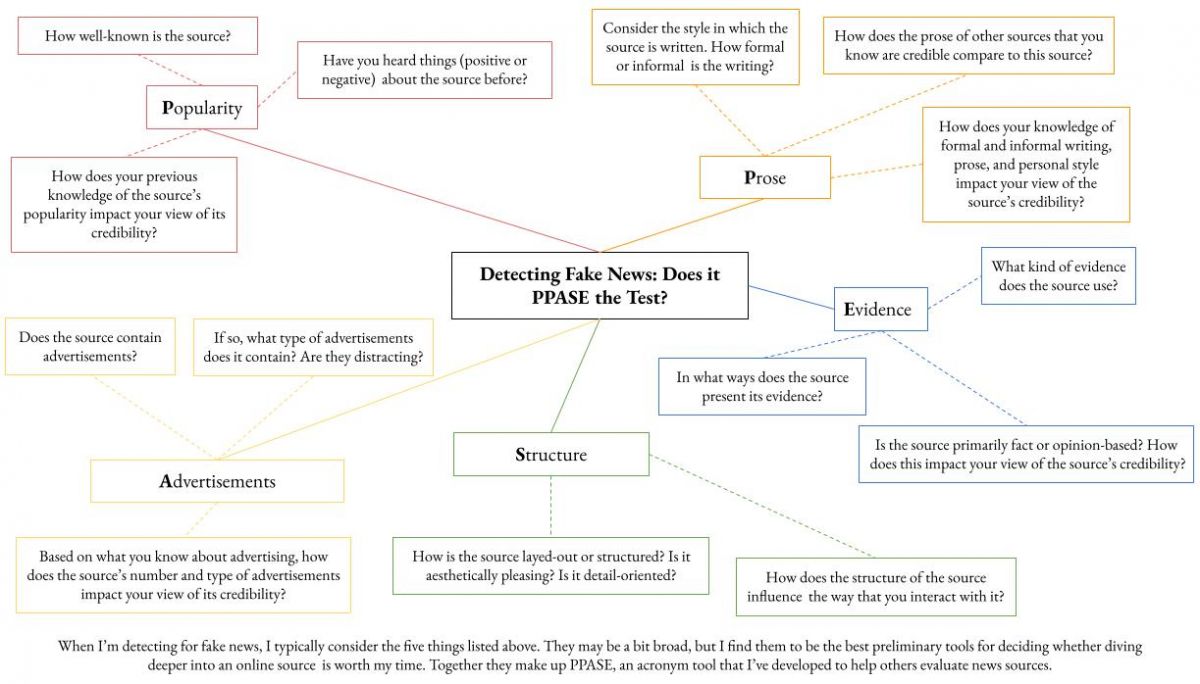Recommendation Algorithms on Social Media Platforms
Recommendation algorithms, which are built into social media media platforms, Internet search tools, e-commerce sites, and other digital applications, influence people's behaviors and choices on a daily basis in often unnoticed ways.
While algorithms are simply "instructions for solving a problem or completing a task" (Rainie & Anderson, 2017, para. 2), they can be used to shape thinking and behavior by doing things like suggesting "products, services, and information to users based on analysis of data" (Voice Tech Podcast, Medium, June 25, 2019, para. 2). For example, social media platforms use recommendation algorithms to determine what you should see on their sites (e.g., posts, sponsored ads, people) based on data about what you have viewed, bought, or done before.

Figure \(\PageIndex{1}\): Image by Pexels from Pixabay.
In addition, systems to have algorithms make everyday life decisions are being proposed. Would you prefer having a life decision made for you by another person or a computer algorithm? How do you think most people would respond? The answer may surprise you.
In a survey, 4000 people were asked whether they wanted a human or an algorithm to decide for them if they would win a coffee gift card, get a bank loan, join a clinical trial for a promising medical treatment, or face a sizable money fine in civil court. In just over half of the situations, people preferred an algorithm to a human -- when they believed the decision would made quicker, was cheaper, and would be more accurate (Bambauer & Risch, "Worse Than Human?" Arizona State Law Review 2021).
Video \(\PageIndex{1}\): Video accompanying activities for Building Democracy for All, Standard 7, Topic 4.1 Uploaded by Umass Democracy for All. YouTube source: www.youtube.com/watch?v=EUH9hmhOTh8.
On social media and e-commerce platforms, the goal of recommendation algorithms is to keep you on the site, app, or platform as long as possible to make more money. Advocates hail the convenience of personalized digital experiences, while critics worry that users experience only a narrow range of suggestions and choices.
In the following activities, you will examine YouTube's recommendation algorithm and then design your own.
Activity 1: Evaluate YouTube's Recommendation Algorithm
- Login to Gmail and then go to YouTube.com.
- Closely examine the suggested videos on your YouTube homepage.
- Do the recommended videos seem to accurately represent your tastes?
- Does anything seem out of place?
- Then, open up an incognito or private browser (where you are not logged into Gmail), go to YouTube, and examine the suggested videos on the homepage.
- How are the videos different from the ones suggested when you were logged into Gmail?
- What surprises you about the differences or similarities between the two sets of recommended videos?
- What data do you think YouTube is using from you to determine the suggested videos for your homepage when you are logged into Gmail?
- Next, click on a video and closely examine the list of "recommended" videos on the right-hand side of the screen.
- Why do you think these videos were suggested?
- Read the following articles:
- Finally, create a social media campaign to respond to the following prompt: How might recommendation algorithms influence the news that people get from social media, Internet search tools (e.g., Google search), and other digital applications?
- The social media campaign should include at least 2 videos (e.g., YouTube, Snapchat, TikTok), 5 example posts, and 3 images (e.g., memes, graphics, infographics) designed by you.
- Here is a social media campaign example created by Justin Lo, Daniel Mulno, and David Warde and here is a Twitter campaign example by Sara Shea.
- Consider using the Made to Stick principles or TED Talk presentation techniques to increase the appeal of your social media campaign.
Activity 2: Design a News Recommendation Algorithm
- Explore Algorithms for Kids or Initiation to Algorithmics with Scratch (advanced)
- Then, design a simple algorithm in Scratch in which a user can input data about themselves (e.g., interests, political leaning, location) and get a recommended news site or article to explore.
Additional Resources
Connecting to the Standards
- Massachusetts Civics & Government Standards
- Evaluate the benefits and challenges of digital news and social media to a democratic society. (Massachusetts Curriculum Framework for History and Social Studies) [8.T7.4]
- ISTE Standards
- Digital Citizen
- 2d. Students manage their personal data to maintain digital privacy and security and are aware of data-collection technology used to track their navigation online.
- Knowledge Constructor
- 3b: Students evaluate the accuracy, perspective, credibility and relevance of information, media, data, or other resources.
- 3d: Students build knowledge by actively exploring real-world issues and problems, developing ideas and theories and pursuing answers and solutions.
- Creative Communicator
- 6a: Students choose the appropriate platforms and tools for meeting the desired objectives of their creation or communication.
- 6b: Students create original works or responsibly repurpose or remix digital resources into new creations.
- 6d: Students publish or present content that customizes the message and medium for the intended audiences.
- DLCS Standards
- Interpersonal and Societal Impact (CAS.c)
- Digital Tools (DTC.a)
- Collaboration and Communication (DTC.b)
- Research (DTC.c)
- Human and Computer Partnerships (CS.b)
- English Language Arts > History/Social Studies Common Core Standards
- CCSS.ELA-LITERACY.RH.6-8.7
- CCSS.ELA-LITERACY.RH.9-10.7
- CCSS.ELA-LITERACY.RH.11-12.97
Fake News Investigation and Evaluation
People get news today from sources ranging from television, social media (e.g., Twitter, TikTok) and legacy news outlets (i.e., New York Times, Washington Post) as well as teachers, parents, family members, and peers. Yet, there is a real difference in quality and reliability between real news and fake news.
Fake news resembles real news in form (it usually has headlines, images, quotes, and a news-like look on screens), but not in how it is produced organizationally. Real news is derived following the standards and rules of journalism. It is fact-based and fact-checked from verified sources. It is presented objectively and truthfully in a journalistic style of writing. It is independent of political or corporate influences. Fake news, by contrast, is just what the term says -- information that is intentionally false and misleading (Molina, et al., 2021).
Given the amount of fake and false news online and in print, every individual must become their own fact checker and news analyst - determining for themselves what is credible and reliable information and what is fake and false misinformation.
Video \(\PageIndex{2}\): Video accompanying activities for Building Democracy for All, Topic 7, Standard 4.2. Uploaded by Umass Democracy for All. YouTube source: www.youtube.com/watch?v=E1g29yWOZxQ.
The following activities are designed to help you act as a critical news evaluator.
You can get more background information from Topic 7.4 Social Media, Digital News, and the Spread of Misinformation and Topic 7.5 Evaluating Print and Online Media in Building Democracy for All.
Activity 1: Analyze Your Online Search Habits
- Pick a topic that you don't know much about. Spend 20 minutes investigating and researching it. Find out anything and everything about this topic.
- Then, look through your search history.
- What words did you use in your search?
- What sorts of news sources did you tend to seek out?
- What did you find the most or least valuable during your search process?
- How did you determine whether a source was credible or not?
- Create a mindmap that provides a visual overview of your search process (see examples below).
- Include boxes on your mindmap for each site you visited. Add details to each box, such as whether you consider the site credible and what you learned from the site.
- Mindmap Tools: Google Drawings, Mindmup, pencil and paper, & more tools.
- Compare and contrast your mindmap with those of your classmates.

Figure \(\PageIndex{2}\): Example mindmap for the search topic "Montessori Schools" by Kayleigh Francis

Figure \(\PageIndex{3}\): Example mindmap for the search topic "Homeschooling" by Sara Shea
Activity 2: Create a News Evaluation Tool
- Consider the following questions:
- How do you determine if a news story or social media news post contains misinformation?
- What would you tell someone who didn’t know anything about how to tell if a source is credible to look for when evaluating news articles and social media posts?
- How would you explain credible news sources to your parents, grandparents, siblings, or friends?
- Create a rubric, checklist, or other instructional tool (e.g., podcast, video) to help others evaluate news sources (see example mindmap below).

Figure \(\PageIndex{4}\): Example news evaluation tool by Sophia Hajjar
Activity 3: Evaluate the Benefits and Challenges of Digital News and Social Media to a Democratic Society
Nearly half of adults ages 18 to 29 in this country get their political news mostly on social media. The figure is one in five across all ages groups. Those individuals also tend to be less well-informed about political issues and policies (Pew Research Center, July 30, 2020).
- Respond to the following prompts in a TikTok, Snapchat, or 60-second video:
- What do you see as the benefits of digital news and social media?
- What are the potential drawbacks of getting news mostly from social media?
- What can be done to address the potential drawbacks of digital news and social media?
Additional Resources
- ARTICLE: Molina, M.D., Sundar, S., Le, T., & Lee, D. (2021). "Fake news" is not simply false information: A concept explication and taxonomy of online content. American Behavioral Scientist, 65(2): 180-212.
- Teens, social media and technology 2018
- What is News Literacy? & How to Teach It
- Disinformation, Fake News, and Influence Campaigns on Twitter
- Social Media and Fake News in the 2016 Election
- What are deep fakes?
- What’s Going On In This Photo? (NYTimes Visual Literacy Series)
- Fake News. It’s Complicated
- The Great Hack (2019)
- Fact-checking sites:
Connecting to the Standards
- Massachusetts Civics & Government Standards
- Evaluate the benefits and challenges of digital news and social media to a democratic society. (Massachusetts Curriculum Framework for History and Social Studies) [8.T7.4]
- ISTE Standards
- Knowledge Constructor
- 3a: Students plan and employ effective research strategies to locate information and other resources for their intellectual or creative pursuits.
- 3b: Students evaluate the accuracy, perspective, credibility and relevance of information, media, data, or other resources.
- 3d: Students build knowledge by actively exploring real-world issues and problems, developing ideas and theories and pursuing answers and solutions.
- Creative Communicator
- 6a: Students choose the appropriate platforms and tools for meeting the desired objectives of their creation or communication.
- 6b: Students create original works or responsibly repurpose or remix digital resources into new creations.
- 6d: Students publish or present content that customizes the message and medium for the intended audiences.
- DLCS Standards
- Interpersonal and Societal Impact (CAS.c)
- Digital Tools (DTC.a)
- Collaboration and Communication (DTC.b)
- Research (DTC.c)
- English Language Arts > History/Social Studies Common Core Standards
- CCSS.ELA-LITERACY.RH.6-8.6
- CCSS.ELA-LITERACY.RH.6-8.7
- CCSS.ELA-LITERACY.RH.6-8.8
- CCSS.ELA-LITERACY.RH.9-10.6
- CCSS.ELA-LITERACY.RH.9-10.8
- CCSS.ELA-LITERACY.RH.11-12.6
- CCSS.ELA-LITERACY.RH.11-12.7
- CCSS.ELA-LITERACY.RH.11-12.8





